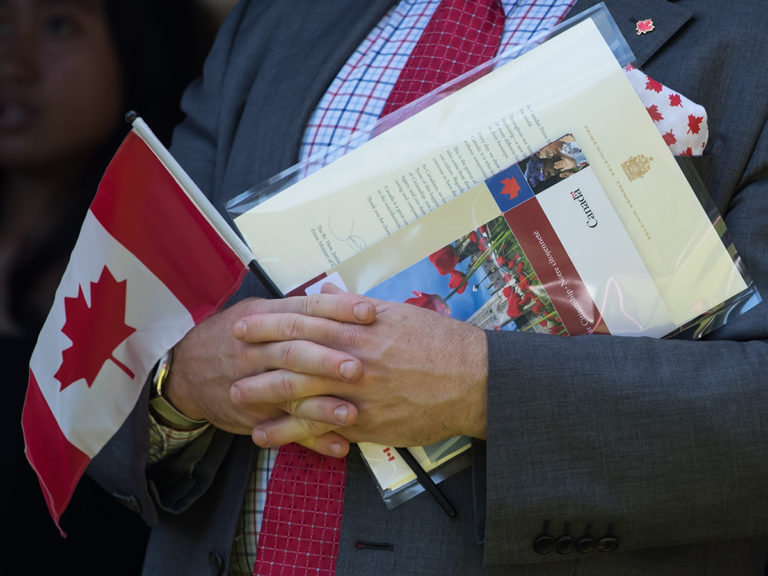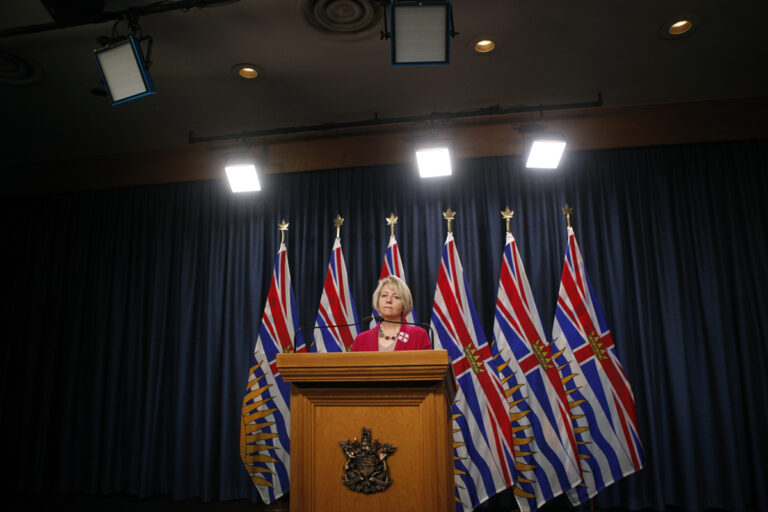
Category Justice, Equity & Society
Increasingly, democratic states and institutions are facing a combination of external and internal challenges. These challenges, impacts, and intersections are taken up by our faculty.


Throne speech offers little systemic change for migrant workers, refugees
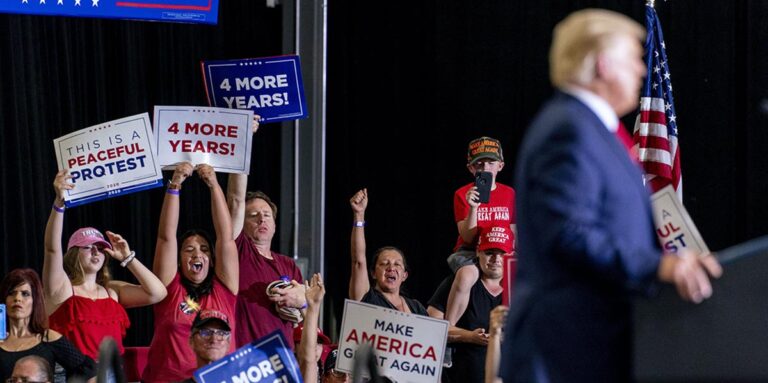
Why hard-core Trump supporters ignore his lies
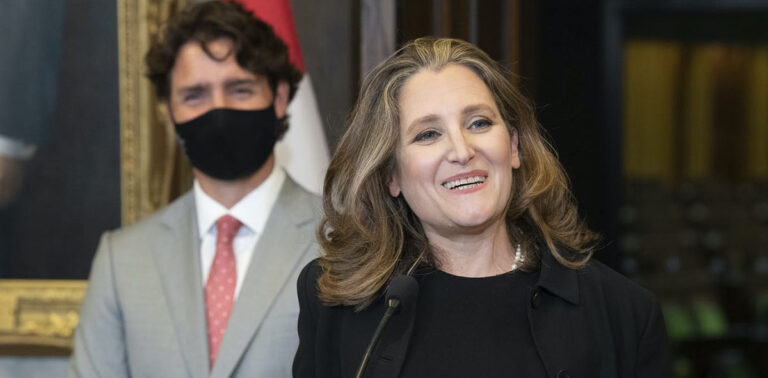
Call in the women! Chrystia Freeland and Kamala Harris’s new roles respond to the times
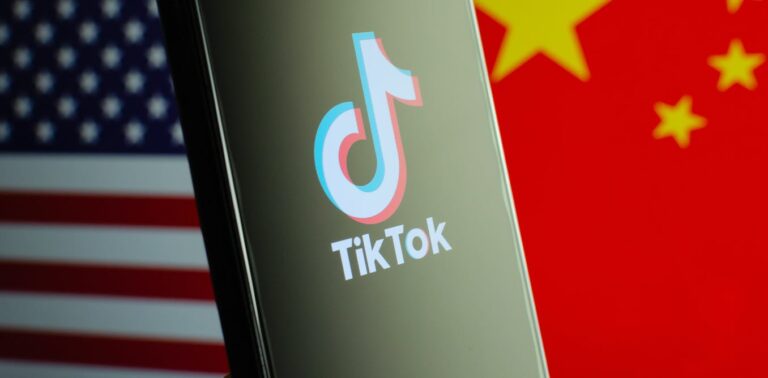
Trump’s attempts to ban TikTok and other Chinese tech undermine global democracy

Canada’s out-of-date online privacy rules aren’t protecting you

Far-right ‘boogaloo’ movement is using Hawaiian shirts to hide its intentions

For a fairer education system, get the police out of schools
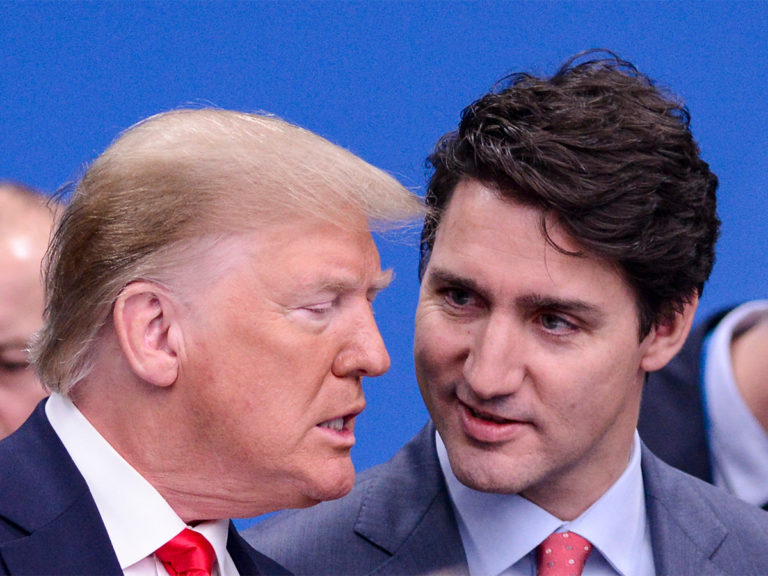
Facts or fake news: Revealing patterns in the COVID-19 tweets of Trudeau and Trump
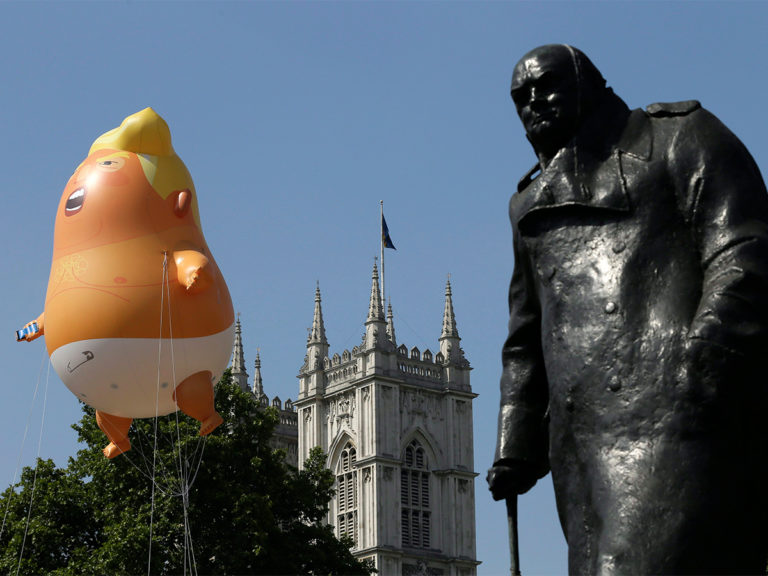
Comparing COVID-19 to past world war efforts is premature – and presumptuous
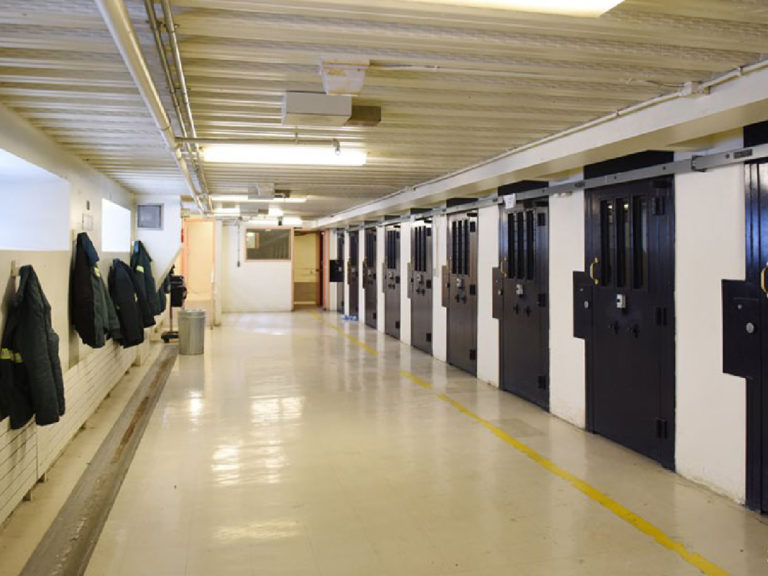
If Canada is serious about confronting systemic racism, we must abolish prisons
